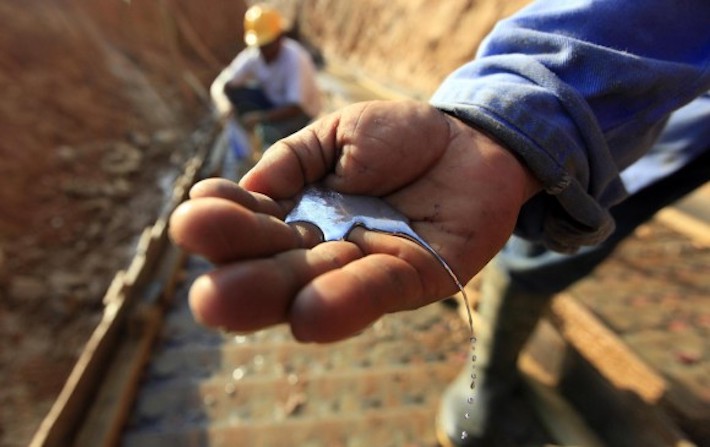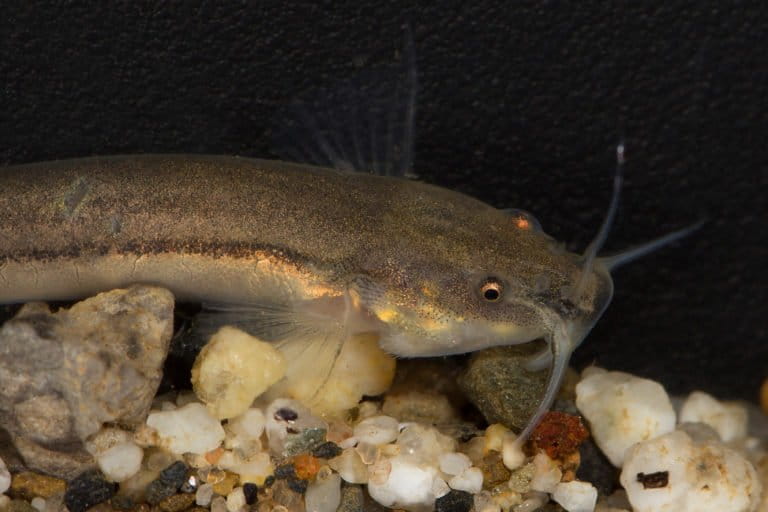The most popular stories from our Spanish-language service, Mongabay-Latam, this past week followed high-volume fishing in the Galapagos, oil drilling in Colombian cloud forests, mercury levels in the Peruvian Amazon, whale sharks in Peru, and tiny catfish in Bolivia.
A year after Ecuador captured Chinese shark cargo, high-volume fishing continues
A year ago, an illegal fishing boat was seized with 6,200 sharks of all sizes and weighing 300 tons in the ship’s hull. Most were highly migratory species protected under international law, such as hammerhead (Sphyrnidae), whale (Rhincodon typus), Galapagos (Carcharhinus galapagensis), blacktip reef (Carcharhinus melanopterus) and silky (Carcharhinus falciformis) sharks. A year later, though, high-volume fishing continues in the Galapagos, said Walter Bustos, former executive director of Galapagos National Park, in a recent interview.

Colombian cloud forest communities brace for fracking
The end of Colombia’s rebel conflict has renewed oil interest in the Galilea cloud forest, a strategic headwater for the center of the country, and where an environmental group is scrambling to establish a 330-square-kilometer (127-square-mile) conservation area by August 2019. While conventional exploration has resumed, fracking is also a possibility, and local communities fear that this relatively pristine area is now in the hands of companies with licenses operating without their consent.

Tons of mercury dumped into Peru’s Amazon
The Madre de Dios region of Peru’s Amazon is inundated with 180 tons of mercury each year, according to the Canadian NGO Artisanal Gold Council. A local doctor is demanding that a lab be established to detect the metal and serve his patients. Despite the election year, experts say calls to solve the problem are ignored.

The fragile lives of the world’s biggest fish
Little is known about the whale shark (Rhincodon typus). In the last 20 years, fewer than 7,000 have been registered, but more have started to appear along the coasts of Peru and Ecuador. While they can live up to 100 years, the species is at increasing risk from plastic pollution, unregulated fishing, along with mangrove and coral degradation. Two years ago, the IUCN listed them as endangered.

Satellite images show copper mine’s first devastation of Ecuadoran Amazon
Even before the El Mirador mine has started exploration for copper in southeastern Ecuador, it has already cleared 13 square kilometers (5 square miles) of forest. Satellite images from the Monitoring of the Andean Amazon Project (MAAP) show the extent of the deforestation between 2009 and 2017. Rural communities are worried about water pollution and the eviction of those who refused to sell their lands to the company. Almost a third of two Amazon provinces were granted in the concession. In Morona Santiago, 90 percent of the concession is in indigenous territory.

The big adventures of Bolivia’s tiny catfish
Named chipi chipis by the Tacana indigenous communities along Bolivia’s Beni River, these tiny catfish migrate 370 kilometers (230 miles) in 32 days. The Tacana helped researchers chart the massive annual migration of the 4-centimeter (1.6-inch) catfish (Trichomycterus barbouri) up the Amazon. “That the Tacana gave them a name shows how important they are, since they don’t name small fish. Their Tacana name shows they are an ancestral food and part of the culture,” said a researcher.

Read all these stories in full at Mongabay-Latam in Spanish here.